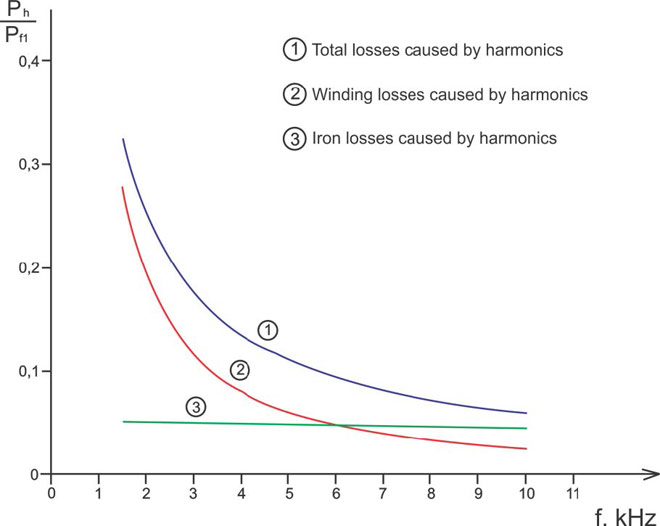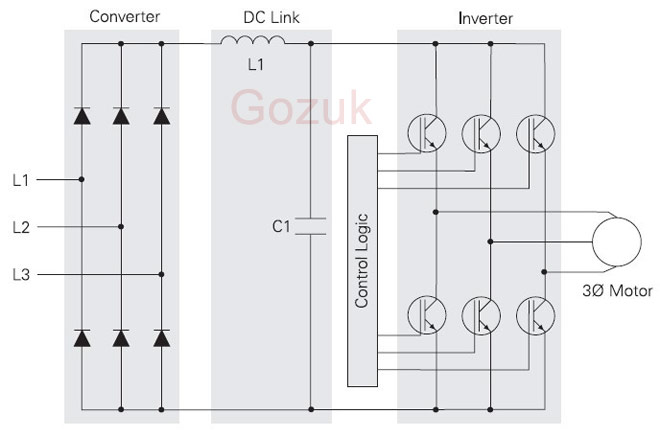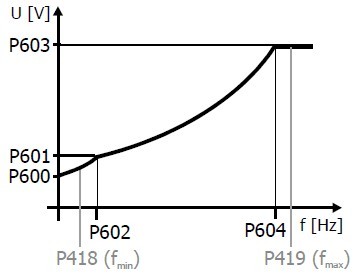VFD always improve economy in pumping applications
Depending on the application obvious you will always improve economy and comfort by adding Variable frequency drive (VFD). Only few systems have a constant demand and being able to adjust will have an advantage. Looking at Pump LCC app 80-85% is running cost (electricity consumption) only few % savings will have big impact and a typical saving is 20 and up to 50% depending on system and running hours. Additional you can improve the comfort, in a Water Supply application, VFD is the most common way to have constant pressure and you even have the opportunity for friction loss compensation enabling you to save even more energy, reduces stress in the system and water loss (lower pressure in mains less water loss in leakages). Other pump (drive) can not make it up for a bad system design but being able to adjust and trim the system often have a lot of additional advantage. see details of VFD for pumps.
I have been using VFDs for over 40 years. Their contribution to energy efficiency can not be disputed, but each case has to be evaluated due to the differences in usage. I have found that the biggest difference is due to the system head. If most of the head is static then very little can be saved but if the majority is due to friction then great savings are possible.
Post a Comment:
You may also like:
Featured Articles
Variable frequency drive Rectifier
 To understand variable frequency drive (VFD) better, it's necessary to explain some of the main parts of the variable frequency ...
To understand variable frequency drive (VFD) better, it's necessary to explain some of the main parts of the variable frequency ...
 To understand variable frequency drive (VFD) better, it's necessary to explain some of the main parts of the variable frequency ...
To understand variable frequency drive (VFD) better, it's necessary to explain some of the main parts of the variable frequency ...VFD controlled Induction motor ...
 This paper presents a procedure to measure the efficiency on an induction motor fed by a VFD by the all operation range to speed ...
This paper presents a procedure to measure the efficiency on an induction motor fed by a VFD by the all operation range to speed ...
 This paper presents a procedure to measure the efficiency on an induction motor fed by a VFD by the all operation range to speed ...
This paper presents a procedure to measure the efficiency on an induction motor fed by a VFD by the all operation range to speed ...VFD: Pulse Width Modulation (PWM)
 Pulse Width Modulation (PWM) VFDs provide a more sinusoidal current output to control frequency and voltage supplied to an AC ...
Pulse Width Modulation (PWM) VFDs provide a more sinusoidal current output to control frequency and voltage supplied to an AC ...
 Pulse Width Modulation (PWM) VFDs provide a more sinusoidal current output to control frequency and voltage supplied to an AC ...
Pulse Width Modulation (PWM) VFDs provide a more sinusoidal current output to control frequency and voltage supplied to an AC ...Variable frequency drive Advantages & ...
VFDs are good for variable speed, in a water pump this is used to maintain a steady pressure, they will smooth out variances in ...
Variable frequency drive Energy saving
 Energy can be saved in a VFD by reducing the losses in the electric motor or by reducing the energy consumption of the variable ...
Energy can be saved in a VFD by reducing the losses in the electric motor or by reducing the energy consumption of the variable ...
 Energy can be saved in a VFD by reducing the losses in the electric motor or by reducing the energy consumption of the variable ...
Energy can be saved in a VFD by reducing the losses in the electric motor or by reducing the energy consumption of the variable ...
VFD manufacturers

For a filling application i.e. tanks, elevated reservoirs etc. you will probably find that the variable frequency drive (VFD) is just and extra cost to lower the total eta of the pump. VFDs are not always the solution. It all comes down to the application. The right pump for the application is the optimal solution unfortunately this very simple to wright but not very simple to realize.
In doing LCC analysis I found that in some systems you can save up to 80% of the power consumption. This is mainly in systems where consumption has decreased a lot over time but the original pumps are still on duty and mainly in constant pressure systems.
Some will state that the extra investment, including me, will be returned in 1 - 2 years.
One last thing: If you are looking at borehole pumps you have to make sure that the installed equipment i.e. cables, motor can work with a VFD. This is of course only if you are working in retrofitting VFDs.